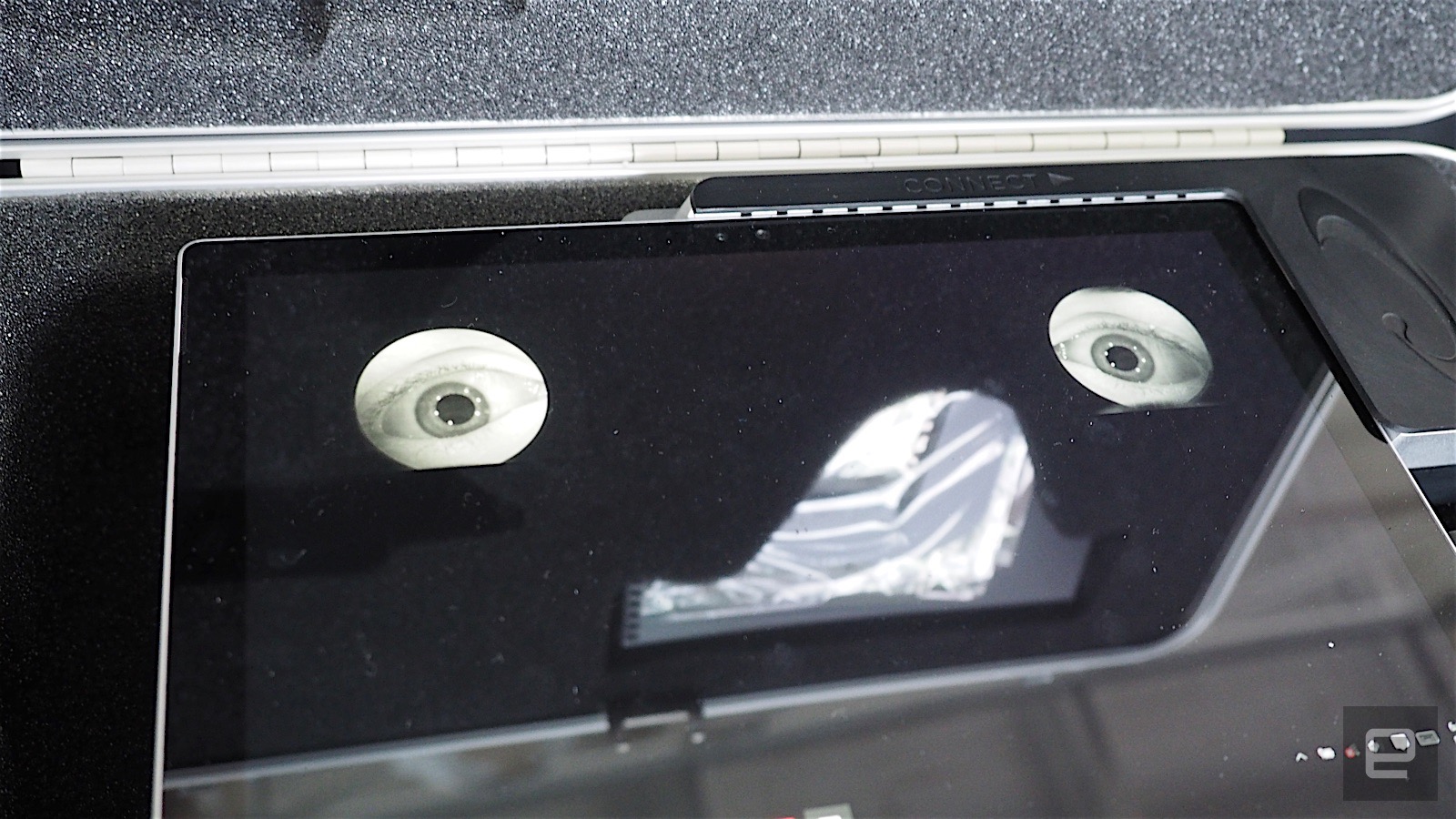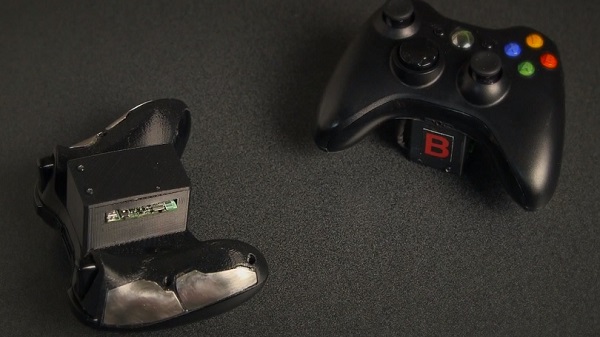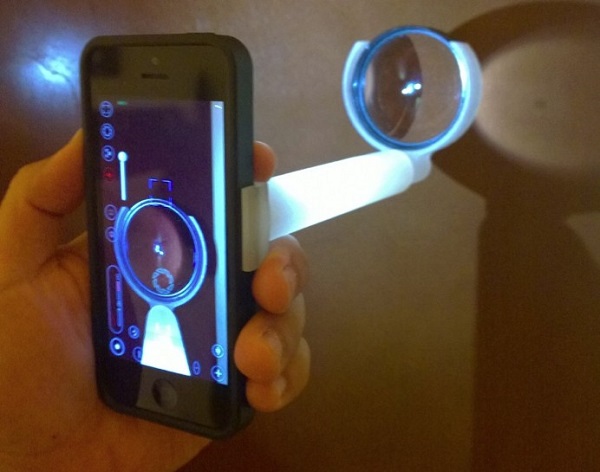Growing drones after reaching the Red Planet’s surface is a much more convenient alternative to shipping all the hardware and assembling it there, or at least that’s what some genius students are trying to prove.
The thought that future drones might be developed in Petri dishes instead of hardware factories is a bit scary, and could bring some of David Cronenberg’s movies to mind. However, this approach has its advantages, as evidenced by a team of students from Stanford University, Spelman College, and Brown University. Their biological drone was an entry in the 2014 International Genetically Engineered Machine competition, and chances are that a version of that drone could one day fly across Mars.
The iGEM team collaborated with Lynn Rothschild, a synthetic biologist at the NASA Ames Research Center in California, to develop a drone using not much besides fungi and plants. Considering the type of biological material that has been used, one may be concerned of the fungi colony that might form in the event of a crash. However, the “components” of the drone are already dead by the time it’s airborne, so no one should worry about that.
“These are lightweight, cheap, and won’t litter the environment. It’s about as big a concern as leaving your sweater outside,” claimed Rothschild, emphasizing only a few of the bio-UAV’s advantages.
Of course, there still is some technology involved, as designing the bio-drone needs to be done in 3D modelling software. Next, the design file is sent to biomaterials company Ecovative Design that uses vacuforming to create an 8-inch square of fungal mycelium. The hard structure of the drone is composed of straw and dead leaves that are placed in the mold. “The biomaterial gets inoculated with fungus, then fungus grows throughout all the material in the mold,” pointed out Eli Block, one of the team’s members. “Before where it was kind of a loose material, after growing for a few weeks, it was a single solid chunk.”
The bio-drone’s chassis is actually made using two such molds, as Rothschild explained: “So it looks like a dried sandwich, and it’s the weight and feel of Styrofoam.”
Block also emphasized the importance of having the bio-drone sterilized: “The point of it is you’re not flying anything that could introduce negative organisms into the environment. Also you have this new biomaterial that you don’t want to get eaten by mold. So you don’t want it to break down immediately.”
Needless to say, in order to withstand Red Planet’s harsh atmospheric conditions, the drones need a bit more than that. However, the iGEM team has managed to create radiation and extreme temperature-resistant bacteria by inserting genes of “extremophile” bacteria in E. Coli.
“Let’s say you have certain cells that can sense carbon dioxide levels or radiation, and do some kind of color readout. You could be sensing things in parallel, without bulky sensors on your drone,” said Block, pointing out that genetically-modified biological sensors could even be used to replace conventional sensor hardware.
Not at last, the team intends to waterproof the bio-UAVs, and they turned to paper wasps to achieve this. “Paper wasps are an organism that when they build their nests they actually use cellulose, plant cellulose,” explains Jotthe Kannappan, a junior at Stanford, and a member of the iGEM team. “They chew bark on trees, spit it out, and something in that saliva makes cellulose really waterproof and really thermal-resistant. So our experiment was to figure out what protein in the saliva does that.”
The team even thought of a way of making the radiation-resistant cells become biodegradable: “It was changing what some of the genetic code stood for,” says Rothschild. “It’s like you took a book and every time you saw the word ‘today,’ you read the word ‘blue.’ The idea is that if this crashed somewhere and there were living cells on it, they would be speaking a different language than other cells in the environment.”
This is a very ambitious project that should become a reality, if we are to go to Mars anytime soon.
Be social! Follow Walyou on Facebook and Twitter, and read more related stories about the Zano selfie drone, or the GoPro action drones.

 When the SLAC National Accelerator Laboratory at Stanford first opened its doors in 1966, it had already earned the distinction of housing the world's longest linear accelerator: A 3.2 kilometer monstrosity buried 25 feet under the gently rolling hil...
When the SLAC National Accelerator Laboratory at Stanford first opened its doors in 1966, it had already earned the distinction of housing the world's longest linear accelerator: A 3.2 kilometer monstrosity buried 25 feet under the gently rolling hil...
 When the SLAC National Accelerator Laboratory at Stanford first opened its doors in 1966, it had already earned the distinction of housing the world's longest linear accelerator: A 3.2 kilometer monstrosity buried 25 feet under the gently rolling hil...
When the SLAC National Accelerator Laboratory at Stanford first opened its doors in 1966, it had already earned the distinction of housing the world's longest linear accelerator: A 3.2 kilometer monstrosity buried 25 feet under the gently rolling hil...
 Thought to have been Lord Krishna's favorite animal, the cow has achieved a uniquely sacred status in India. Their slaughter is prohibited through most of the country, beef consumption is largely outlawed as well and woe be the unlucky soul accused o...
Thought to have been Lord Krishna's favorite animal, the cow has achieved a uniquely sacred status in India. Their slaughter is prohibited through most of the country, beef consumption is largely outlawed as well and woe be the unlucky soul accused o...
 We are living in the Age of Plastic. In 2015, the world's industries created 448 million tons of it -- twice as much as it did in 1998. -- and the rate of production is only accelerating. However, our recycling efforts have not matched pace. In fact,...
We are living in the Age of Plastic. In 2015, the world's industries created 448 million tons of it -- twice as much as it did in 1998. -- and the rate of production is only accelerating. However, our recycling efforts have not matched pace. In fact,...
 Today on In Case You Missed It: Researchers from Purdue University and the Office of Naval Research teamed up to develop a new kind of glue that even works underwater. The synthetic compound is derived from proteins used by muscles to keep themse...
Today on In Case You Missed It: Researchers from Purdue University and the Office of Naval Research teamed up to develop a new kind of glue that even works underwater. The synthetic compound is derived from proteins used by muscles to keep themse...
 Blood, breath and urine. These are the holy trinity of determining alcohol intoxication but are virtually useless when measuring the amount of THC in your system thanks the the molecule's ability to remain present in bodily fluids for up to a month a...
Blood, breath and urine. These are the holy trinity of determining alcohol intoxication but are virtually useless when measuring the amount of THC in your system thanks the the molecule's ability to remain present in bodily fluids for up to a month a...
 Concussions are no joke -- just ask Cam Newton -- but a new diagnostic system developed in conjunction with Stanford University could revolutionize the way these head injuries are determined. The Eye-Sync, from the ThinkSync company, uses a modified...
Concussions are no joke -- just ask Cam Newton -- but a new diagnostic system developed in conjunction with Stanford University could revolutionize the way these head injuries are determined. The Eye-Sync, from the ThinkSync company, uses a modified...
 A team of researchers from Stanford University have devised an ingenious means of boosting the efficiency of solar panels by exploiting a fundamental physics phenomenon. Solar panels lose efficiency as they heat up. Just as the top of your head rad...
A team of researchers from Stanford University have devised an ingenious means of boosting the efficiency of solar panels by exploiting a fundamental physics phenomenon. Solar panels lose efficiency as they heat up. Just as the top of your head rad...


